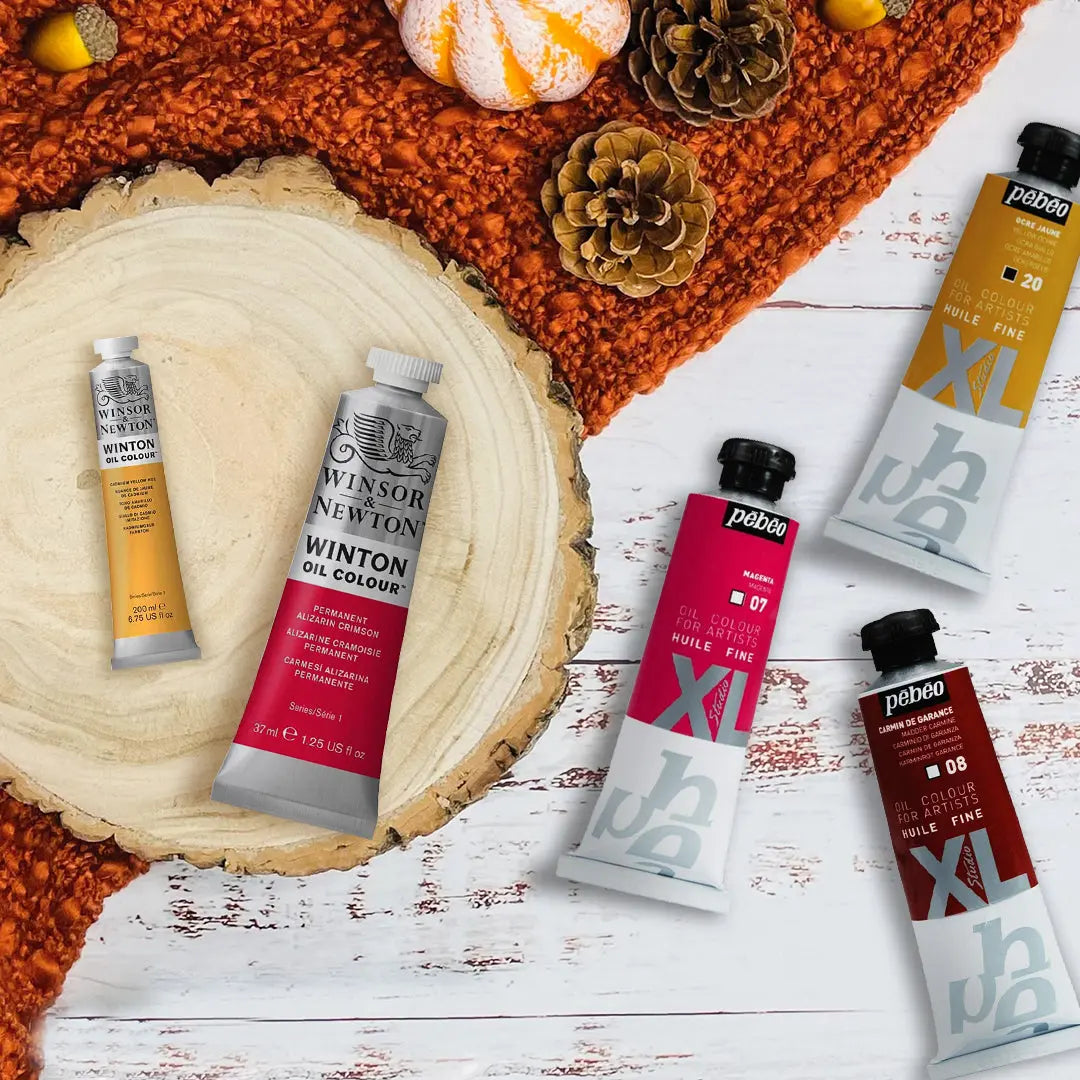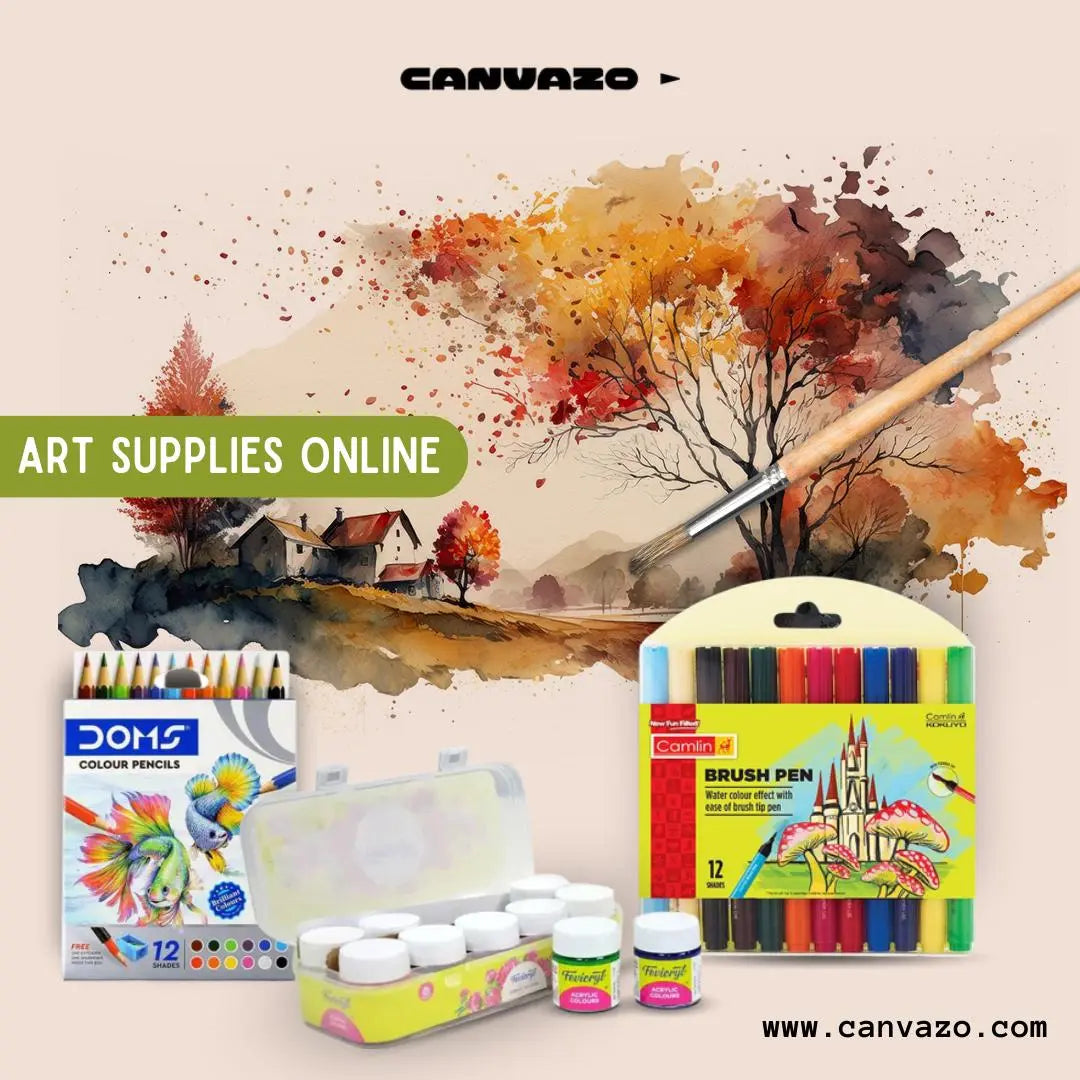Oil colors are a classic and versatile medium for artists. They have been used for centuries to create stunning works of art, and are still popular today for their vivid colors and smooth, buttery texture. With so many brands and types of oil colors on the market, it can be overwhelming for beginners to choose the right ones. In this guide, we will review some of the best oil colors for painting to help you make an informed decision.
- Winsor & Newton Artists' Oil Colors
Winsor & Newton is a trusted brand in the art world, and their Artists' Oil Colors are no exception. These oil colors are highly pigmented and have a smooth consistency, making them ideal for a range of techniques including glazing, impasto, and blending. They are available in over 120 colors, including a range of metallics and iridescents. The colors are long-lasting and retain their vibrancy over time.

- Gamblin Artist's Oil Colors
Gamblin Artist's Oil Colors are made from high-quality pigments and are formulated to provide a balance between pigment load, working time, and consistency. They have a buttery texture that makes them easy to mix and apply, and they are available in a wide range of colors. Gamblin also offers a range of mediums and varnishes that are designed to work seamlessly with their oil colors.
- Old Holland Classic Oil Colors
Old Holland Classic Oil Colors are known for their high pigment load and superior lightfastness. They are made using traditional methods and contain the highest quality pigments, oils, and resins. The oil colors have a rich and buttery texture that makes them easy to apply and blend, and they are available in over 150 colors.
- Rembrandt Artists' Oil Colors
Rembrandt Artists' Oil Colors are another trusted brand in the art world. They are made from the finest pigments and oils and have a high degree of lightfastness. The oil colors have a buttery consistency and are easy to work with, making them ideal for artists of all skill levels. Rembrandt Artists' Oil Colors are available in a range of over 120 colors, including a range of metallics and iridescents.
- Schmincke Mussini Fine Artists' Resin Oil Colors
Schmincke Mussini Fine Artists' Resin Oil Colors are a premium oil color that is made using natural resin. The resin gives the oil colors a unique luminosity and depth that is unmatched by other oil colors. The colors are highly pigmented and have a smooth consistency that is easy to blend and layer. Schmincke Mussini Fine Artists' Resin Oil Colors are available in over 100 colors, including a range of metallics and iridescents.
- Michael Harding Artists' Oil Colors
Michael Harding Artists' Oil Colors are hand-made using traditional methods and high-quality pigments. They are known for their rich colors and smooth, buttery texture. The oil colors have a high pigment load, which allows for vibrant colors and excellent lightfastness. Michael Harding Artists' Oil Colors are available in over 70 colors, including a range of metallics and iridescents.
Conclusion
Choosing the right oil colors for painting can make a huge difference in the quality and longevity of your artwork. The brands listed above are some of the best on the market and have been tested and trusted by artists for many years. Each brand offers a range of colors and unique features, making it important to experiment and find the ones that work best for you. Remember to always choose high-quality pigments and oils, and to store your oil colors properly to ensure their longevity.
With the right oil colors, you can create stunning works of art that will last a lifetime. Whether you are a professional artist or a beginner, there is a range of oil colors available to suit your needs and preferences. Some of the factors you should consider when choosing oil colors include:
-
Pigment load: A higher pigment load means that the colors are more concentrated and vibrant. Look for oil colors with a high pigment load for the best results.
-
Consistency: The consistency of oil colors can vary from buttery to thin. The consistency you choose will depend on your painting style and techniques.
-
Lightfastness: The lightfastness of oil colors refers to how well they resist fading over time. Look for oil colors that are rated as lightfast to ensure that your artwork lasts.
-
Mixing properties: Some oil colors are easier to mix than others. Look for oil colors that are easy to mix if you plan to blend colors often.
-
Brand reputation: Some brands have a long-standing reputation for producing high-quality oil colors. Consider brands that are trusted by artists and have a good track record.
When choosing oil colors, it is important to consider the type of surface you will be painting on. Oil colors work best on canvas, but they can also be used on paper, wood, and other surfaces. Different surfaces may require different techniques or preparations, so it is important to do your research before starting a new project.
In addition to choosing the right oil colors, it is important to invest in high-quality brushes, mediums, and varnishes. These tools can enhance your painting techniques and help you achieve the desired results.
In conclusion, oil colors are a timeless and versatile medium that can be used to create stunning works of art. With so many brands and types of oil colors available, it can be overwhelming to choose the right ones. However, by considering factors such as pigment load, consistency, lightfastness, mixing properties, and brand reputation, you can narrow down your options and find the best oil colors for your needs. Don't forget to also invest in high-quality brushes, mediums, and varnishes to make the most of your oil painting experience. Happy painting!


